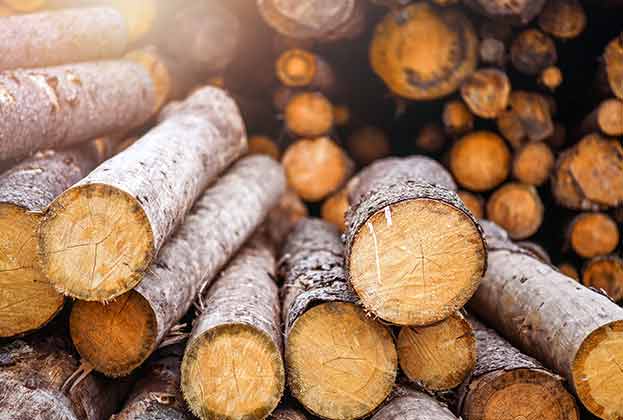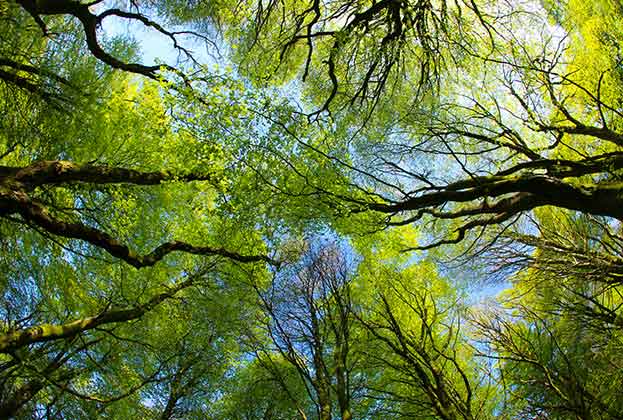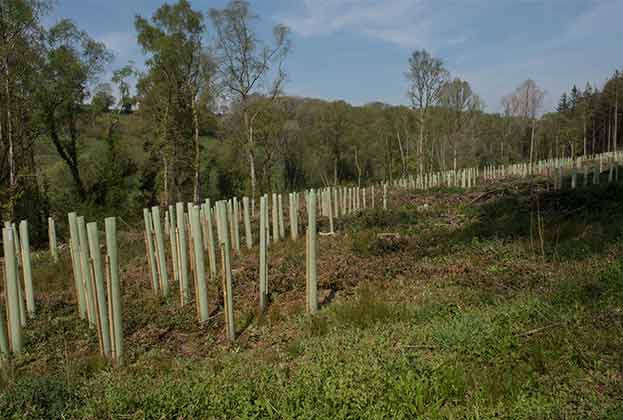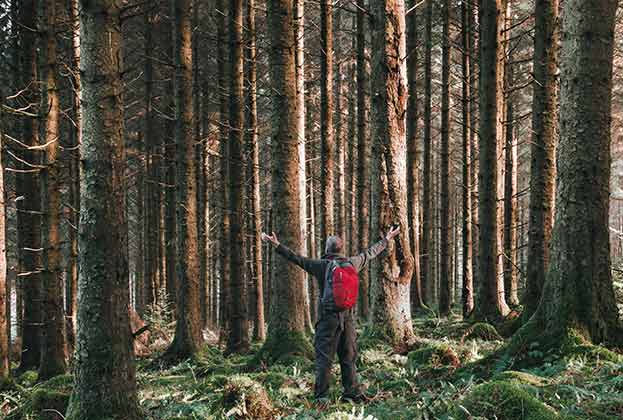Forestry now sits at the apex of both climate and land-use policy and continues to attract new interest
Breaking convention
This Spotlight on Forestry tracks UK forest investments during the 2020 forest year (1 October 2019 – 30 September 2020) and shows that interest in the UK forestry investment market continues to follow its long-term upward movement. Last year’s Spotlight reported evidence of new buyers entering the UK forestry market and this trend has intensified as climate concerns continue to dominate investment landscapes. The traditional market drivers of capital asset appreciation and rising timber prices have not changed, but evolving policy and action around the sustainability agenda has shone a light on forestry as not only a financial investment, but also an environmental one. This has diversified the investment pool, but also focused demand for lesser quality assets for repurposing, and in the more remote areas.
During the 2020 forest year, the value of the UK forestry investment market hit a record of over £205 million
Nicola Buckingham, Associate Director, Rural Research
During the 2020 forest year, the value of the UK forestry investment market hit a record of over £205 million. The main difficulty is predicting where true forestry values lie against the market’s return aspirations. It is not uncommon for forests to sell in excess of 30–70% over the asking price, which ultimately represents the scarcity value of tradable forest assets. Asset supply constraints are being matched with an aggressive appetite for managed carbon and timber resources, with owners wanting to report on sustainability metrics of forestry performance in climate and biodiversity regulation, especially when considering afforestation projects. The one note of warning is that competition is driving demand in excess of market realities.
The trend towards off-market sales seen during the 2020 forest year suggests that the privacy of buyers and sellers and managing speculative interest remain concerns.
Active asset management
As a result of the increasing competition for property, there is clear interest in properties that were traditionally less popular mainly due to location and the expectation of poorer commercial returns. While never destined to produce the same output as prime property, as existing forests, these sites have few of the constraints levied on new planting sites, and therefore offer good opportunities to investors willing to improve assets over a longer timeframe. This is demonstrated by increasing prices for secondary or even tertiary forest property, with the expectation that through focusing on the better soils within a property, drainage, species change and improved growth performance the second rotation over a potentially smaller net area is likely to significantly outperform the first rotation.
For years forest management was about restricting expenditure in a no income environment, but management is now rewarded by strong timber prices and capital values, so additional money spent on scrub clearance, respacing, infill planting, enhanced drainage, etc is not wasted. Improvements in management don’t just benefit future timber revenues though. Microsoft, for example, in its recent carbon markets report included carbon storage from enhanced forest management projects as part of its ambitious net positive strategy.
Forestry investment analysis
The total value of the UK forestry investment market increased from £119 million in 2019, to just over £205.5 million. During 2020, 20,372 hectares were transacted representing a 73% increase in the value of forestry sold and, according to our research, exceeds the record in 2015 by just short of £60 million, when forest sales were bolstered by a large portfolio sale (see chart, below).
This report focuses on data from all mainstream forestry transactions and, where we are aware, off-market or private transactions. While we make every effort to record all forest sales, through our market knowledge and networks, it is becoming increasingly clear that the market is becoming harder to determine as some sales are not easily identified or verified through available records.
Although the number of hectares sold increased during the 2020 forest year, the demand for forestry still considerably exceeds supply
Nicola Buckingham, Associate Director, Rural Research
In recent years, off-market sales have become more widespread with our analysis showing private sales represented 32% of all sales during 2020, compared to 11% in 2019 and 7% in 2017. As a result, although our database reports total sales of just over £205.5 million, anecdotal evidence suggests the value of sales may be as high as £225 million for 2020. The remarkable increase in the overall value of sales can be partly attributed to a rise in the total area of forestry transacted across the UK. In recent years, our analysis found a relatively even number of forest hectares sold, however, during 2020, 20,732 hectares were transacted, representing a rise of 50% compared to the 2019 (see chart, above). Although the number of hectares sold increased during 2020, the demand for forestry still considerably exceeds supply.
Average forest values
Analysis of our 2020 database shows the average gross forest value increased by 17% to just over £11,600 per hectare. All forests have unproductive areas such as tracks, rivers, lochs, etc, so it is important to consider the value of the productive area. The average price per net productive hectare rose by 11% to £15,000. This reflects all sales over 20 hectares and covers a wide variation in the type, location and size of forest sold. However, closer analysis of the larger commercial forest sales (>150ha) highlights the strength of the upper end of the investment market, with average gross values at £13,100 per hectare and the average net productive hectare rising to £18,250.
Read the articles within The Forestry Market below.




